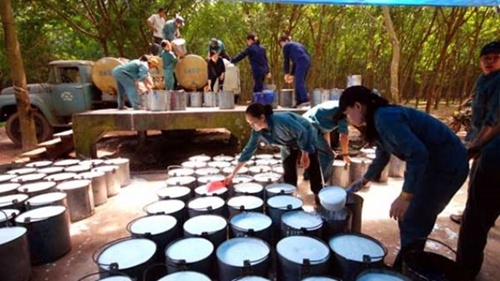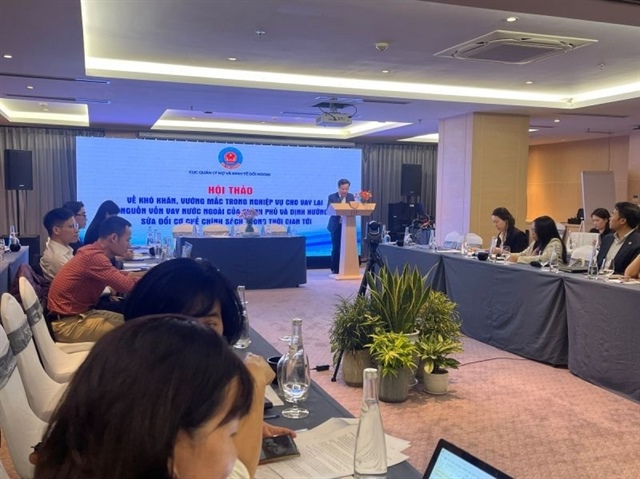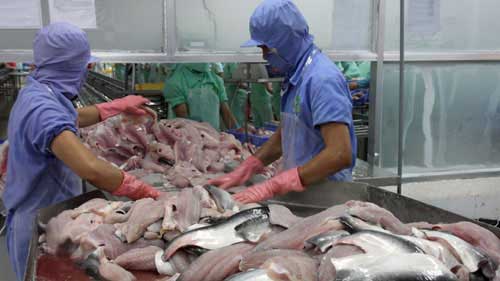Rubber glut to last another two years
Rubber glut to last another two years
Despite a fall in rubber export prices, many farmers in Viet Nam are earning good profits from exports, a seminar heard yesterday in HCM City.

With an oversupply of rubber in the market, the price plummeted to US$1,979 a tonne in the first half of the year compared to its peak of US$3,000 a tonne in 2011, said Pham Dong Quang, deputy head of the Crop Production Department.
Global oversupply is expected to last for two more years, but will gradually shrink because of a decline in production in rubber-exporting countries in Asia caused by impact of the El Nino weather phenomenon.
In addition, the recovery of the world economy is expected to increase demand for rubber, he said.
Tran Ngoc Thuan, president of the Viet Nam Rubber Group and chairman of the Viet Nam Rubber Association, said the current rubber price was "really not that low, just low compared to its peak."
Do Duc Oanh, owner of Doan Ket farm in Binh Phuoc Province, who has more than 60ha under rubber cultivation, said that despite the price fall, he was still making a good profit.
However, many farmers are not using proper harvest techniques, which affects their rubber productivity and quality, Oanh said, adding that the Government should pay more attention to helping farmers use better methods.
He also petitioned the Ministry of Agriculture and Rural Development to have better management of seedling production organisations as many unreliable seedling providers operated in the market.
Many delegates at the seminar said that reports that many farmers were cutting down rubber trees to plant other crops were untrue.
Quang said according to reports from departments of agriculture and rural development of many provinces, about 3,856ha of rubber was cut in the first half of the year.
"However, of that amount, 3,123ha was from old rubber gardens or from trees that could not recover after being hit by storms last year that need to be replanted," he said.
Only about 733ha, mostly planted on unsuitable cultivation land that was economically inefficient, was cut down for other higher profit crops, he said.
The area of rubber tree plantations increased rapidly from 454,100 ha in 2004 to 995,600 ha last year, about 115,600ha higher than the Government's plan for rubber development, he said.
bizhub




















